Japanese garden design, rooted in centuries-old tradition, seeks to capture the essence of nature in a serene and harmonious space. This style, originating in Japan, balances simplicity with meticulous detail to create tranquil retreats that inspire contemplation and peace. At its core, Japanese garden design employs a variety of elements--such as stone, water, and plants--to emulate natural landscapes while emphasizing asymmetry and minimalist aesthetics. Once considered reserved and exclusive, these gardens now gain widespread appreciation for their timeless beauty and meditative qualities. Elevate your outdoor sanctuary with these Japanese garden design principles to craft your peaceful escape.
Tranquil pond surrounded by vibrant maple and pine trees. This serene landscape highlights the harmony between nature and water, essential in Japanese garden design. Source
Zen garden layout with stepping stones and gravel. This design promotes tranquility and meditation through its clean lines and organic elements. Source
Japanese garden aesthetics featuring winding gravel pathways and sculpted pine trees create a tranquil environment. This design promotes harmony and invites contemplation within nature. Source
Serene Japanese garden with a koi pond and natural lighting. This design promotes tranquility and a harmonious connection to nature. Source
Serene rock garden with water feature. Incorporating boulders, pebbles, and a bamboo water spout enhances tranquility and natural beauty in design. Source
Concrete wall and curved hedges. This design creates a harmonious balance between structure and nature, inviting contemplation in a serene garden setting. Source
Serene pebble pathways intertwined with lush moss. This design promotes tranquility and a natural flow throughout the garden space. Source
Zen rock garden with torii gate. This design combines simplicity and tranquility through the use of rocks, gravel, and cultural elements, providing a serene space for contemplation. Source
Zen garden with moss and stone elements. This design promotes tranquility and balance, reflecting the principles of Japanese landscape aesthetics. Source
Tranquil Japanese garden view showcasing moss-covered stones, sculpted shrubbery, and a gracefully arching tree. This design emphasizes harmony with nature and serenity, creating a peaceful retreat. Source
Serene garden pathway with rocks and bonsai tree. This design promotes tranquility and connection to nature, enhancing the overall ambiance of the space. Source
Serene lantern lighting. Incorporate paper lanterns to enhance tranquility and ambiance in Japanese garden design. This element complements the natural surroundings beautifully. Source
Reflecting pool with minimalist stone paths. This design creates a serene atmosphere and enhances the natural beauty of the garden. Source
Meandering water features with lush greenery. Incorporating flowing streams and gentle slopes fosters tranquility and harmony in garden design. Source
Stone pathways and wooden decking create a harmonious transition in a Japanese garden. This design enhances the natural flow while inviting tranquility and reflection. Source
Natural stone path. Incorporating smooth and rough textures creates visual interest and harmony in a Japanese garden design. Source
Zen garden with carefully placed rocks and raked sand patterns. This design promotes tranquility and mindfulness, essential for creating a peaceful landscape. Source
Indoor potted trees and hanging plants. These elements create a serene atmosphere promoting tranquility and connection to nature within the home. Source
Zen rock garden design featuring moss and irregular rocks creates a peaceful, serene atmosphere. This thoughtful arrangement encourages reflection and a connection to nature. Source
Zen garden features with curved wooden pathways and stone lanterns. This design promotes tranquility and harmony with nature, essential elements of Japanese garden aesthetics. Source
Serene Japanese garden with a wooden pavilion and stone bridge. Incorporating elements like water, rocks, and lush greenery creates a harmonious and tranquil atmosphere. Source
Japanese cherry blossom tree: Incorporating a cherry blossom tree can enhance the beauty and tranquility of a garden, celebrating the ephemeral nature of life. Source
Zen garden elements. Incorporate stones, gravel, and minimalist plantings for a serene atmosphere. This design promotes tranquility and mindfulness. Source
Moss-covered ground with a boulder feature. This design element evokes tranquility and harmony, typical of Japanese garden aesthetics. Source
Koi pond
Koi ponds add a serene vibe to any garden design, creating a focal point that draws the eye. Incorporating plants around the pond not only enhances the aesthetic but also provides shade for the fish, keeping them happy and healthy. Don't forget a few rocks or water features to make it feel more natural and inviting.
Zen garden
Zen gardens are all about simplicity and tranquility, using rocks, sand, and minimal plants to create a peaceful vibe. Raking patterns into the sand represents water, while strategically placed stones symbolize mountains or islands. It's like a mini retreat in your backyard, perfect for a little meditation or reflection.
Bonsai trees
Bonsai trees add a unique touch to any garden design, showcasing artistry and patience in their cultivation. They fit perfectly in small spaces, creating a sense of tranquility and elegance without overwhelming the area. With a little creativity, you can arrange them with rocks, moss, or even miniature furniture for a whimsical vibe.
Stone lanterns
Stone lanterns add a unique touch to garden design. They not only serve as beautiful focal points but also provide soft illumination during the evening. Placing them along pathways or near water features creates a serene, inviting atmosphere.
Bamboo fencing
Bamboo fencing is a fantastic choice for adding some unique flair to your garden design. It looks so natural and blends well with plants, plus it's super sturdy and can last for years with the right care. You can easily customize its height and style, making it perfect for any space, whether you want privacy or just a cool backdrop for your flowers.
Water features
Water features add a stunning focal point to any garden, creating a soothing vibe with the sound of trickling water. Options range from simple birdbaths to elaborate ponds with fountains, making it easy to find something that fits your style. Plus, they attract wildlife, adding life and movement to your outdoor space.
Cherry blossom trees
Cherry blossom trees add a stunning touch to any garden with their delicate pink flowers. They burst into bloom in spring, creating a beautiful atmosphere that draws admiration from everyone. Plus, they can be a fantastic focal point, especially when paired with low-maintenance plants or a cozy seating area nearby.
Japanese garden design is a meticulous process that emphasizes harmony, balance, and simplicity, often incorporating elements such as rocks, water features, and minimalistic plantings to evoke natural landscapes. It draws heavily on traditional Japanese aesthetics like zen principles and wabi-sabi, which appreciate the beauty of imperfection and transience, creating tranquil and reflective spaces. The result is a serene, meditative garden that serves as a peaceful retreat, carefully curated to offer a sense of calm and mindfulness, whether in sprawling landscapes or compact urban settings.

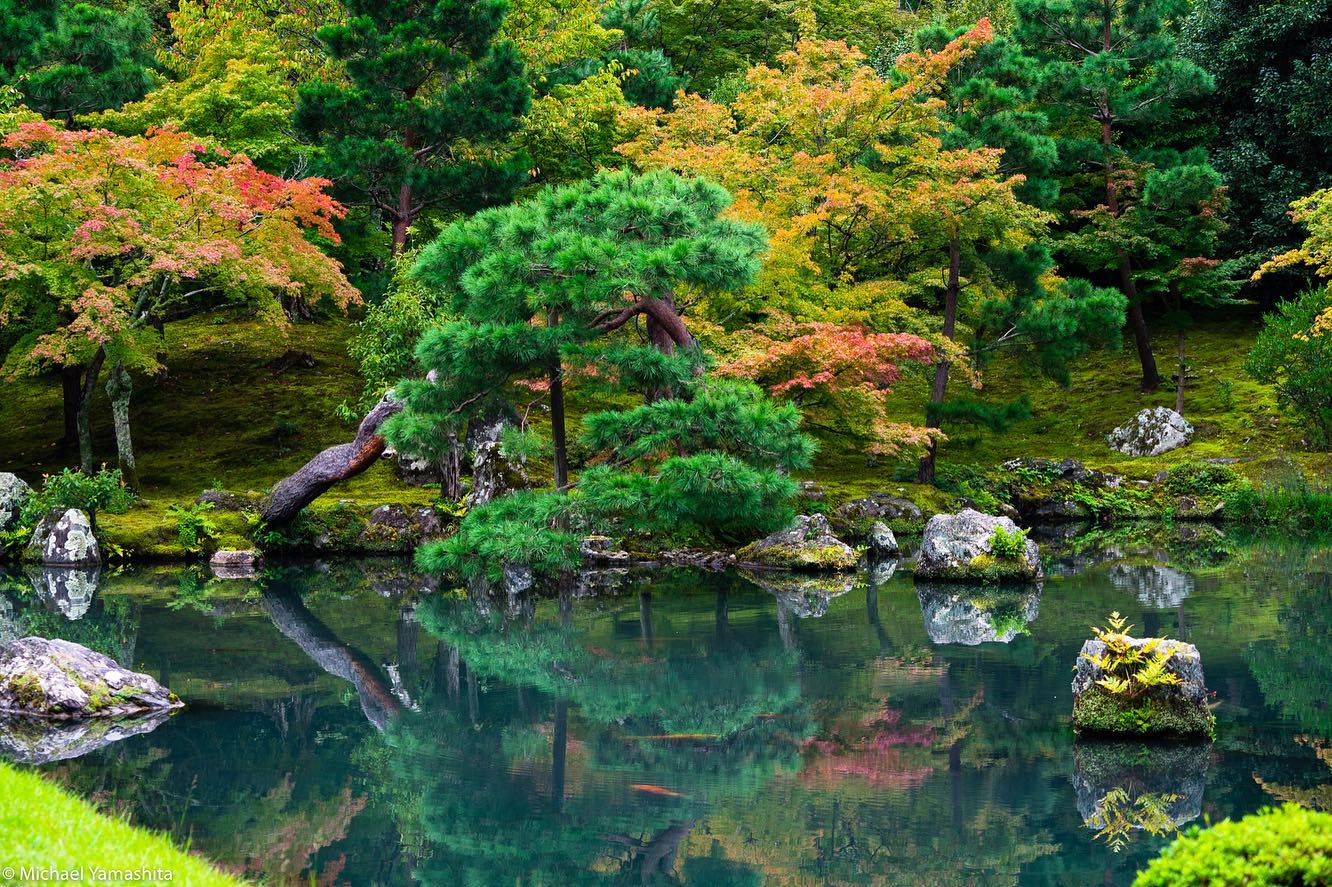
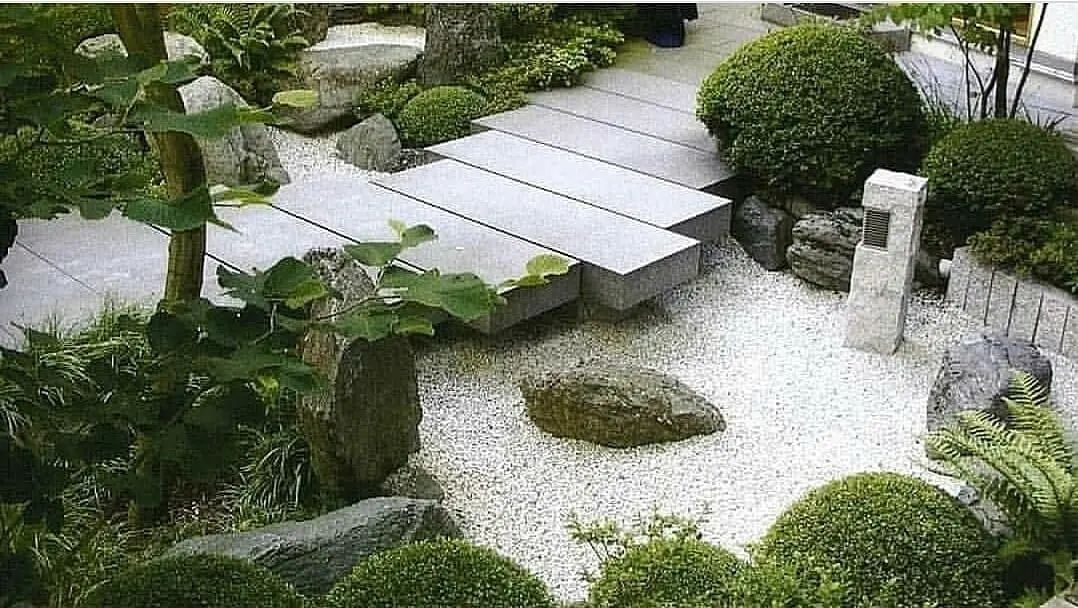
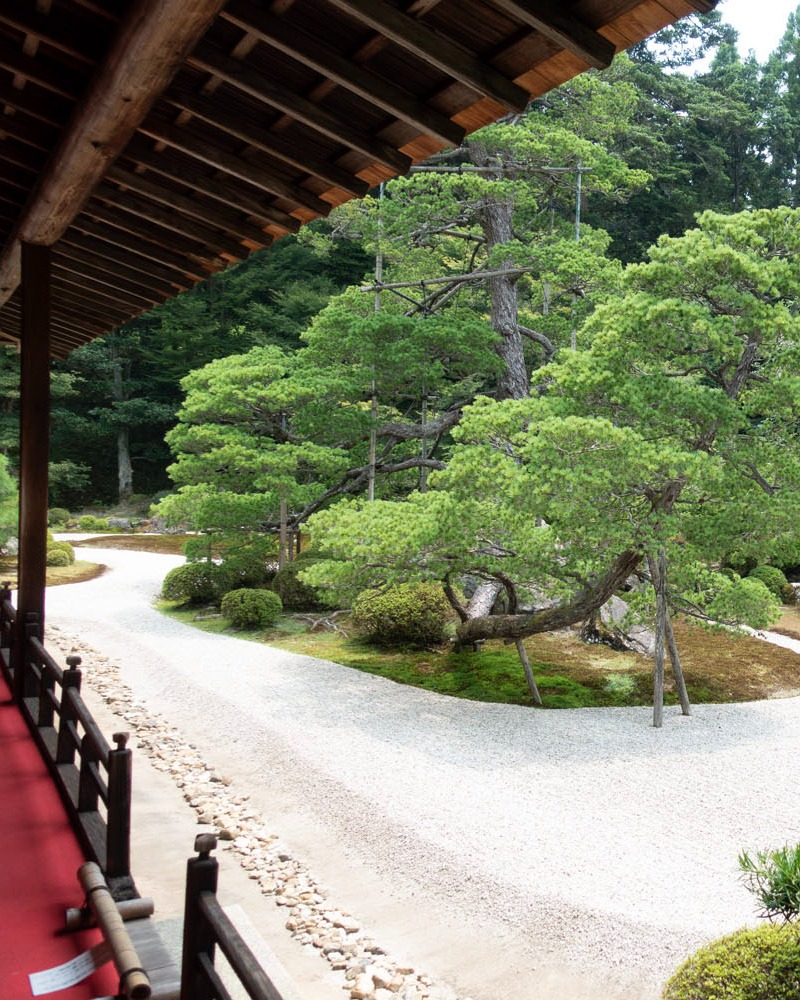
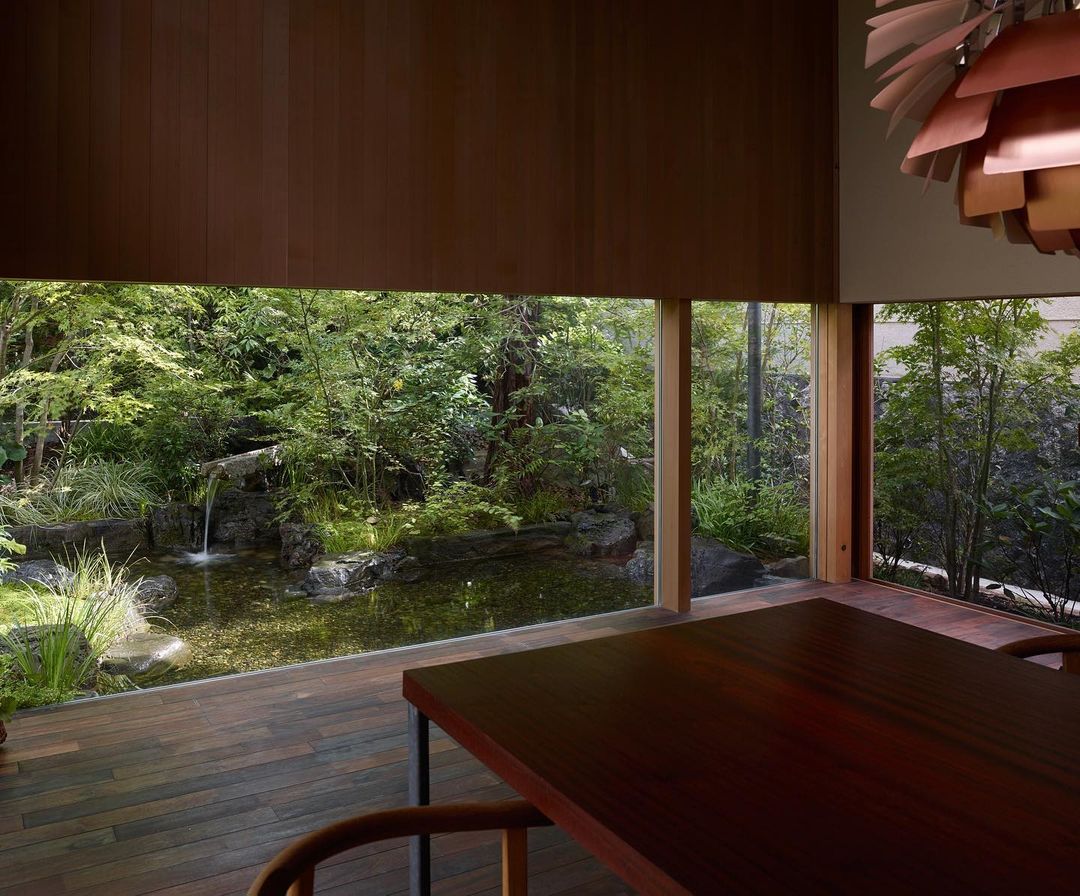
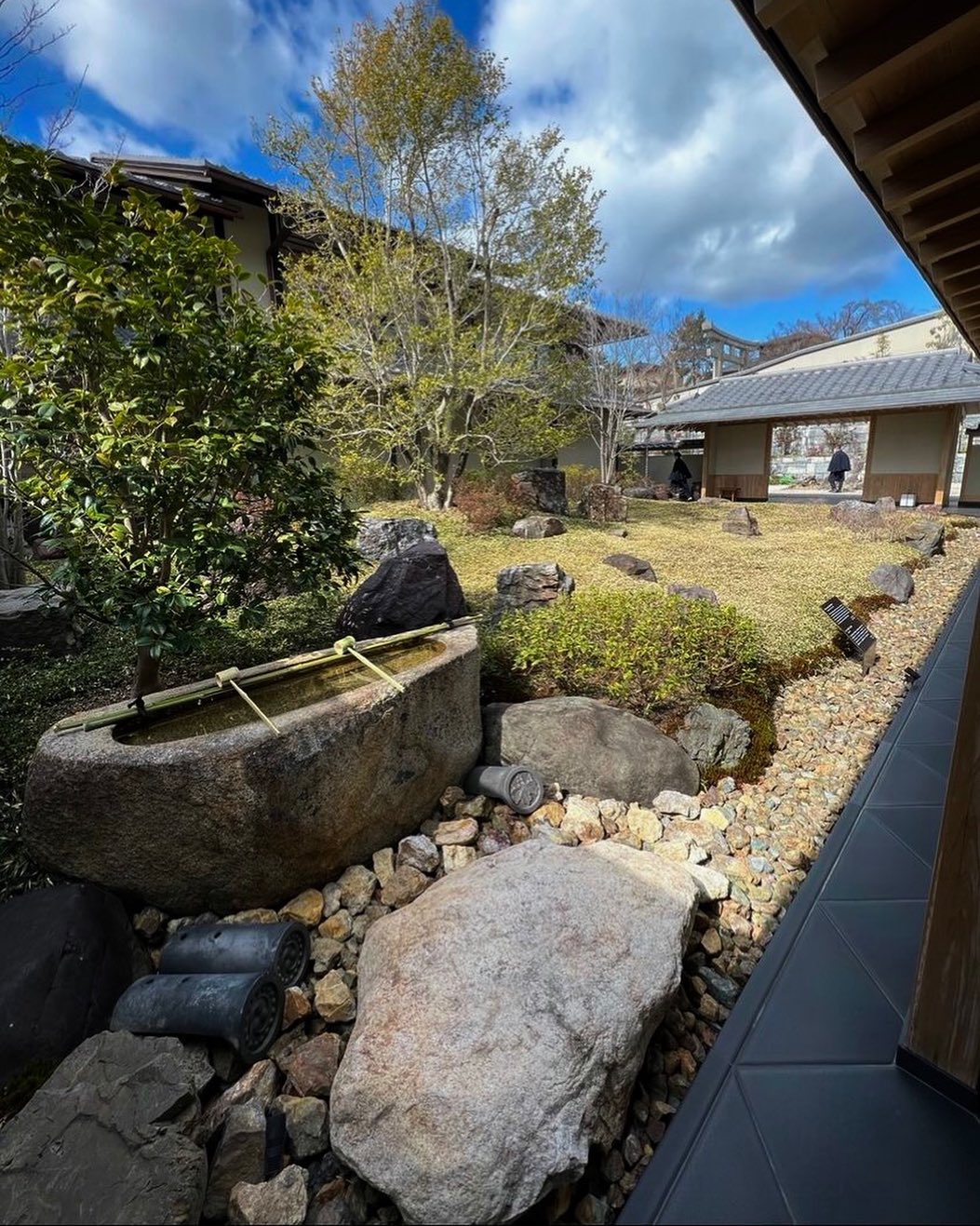

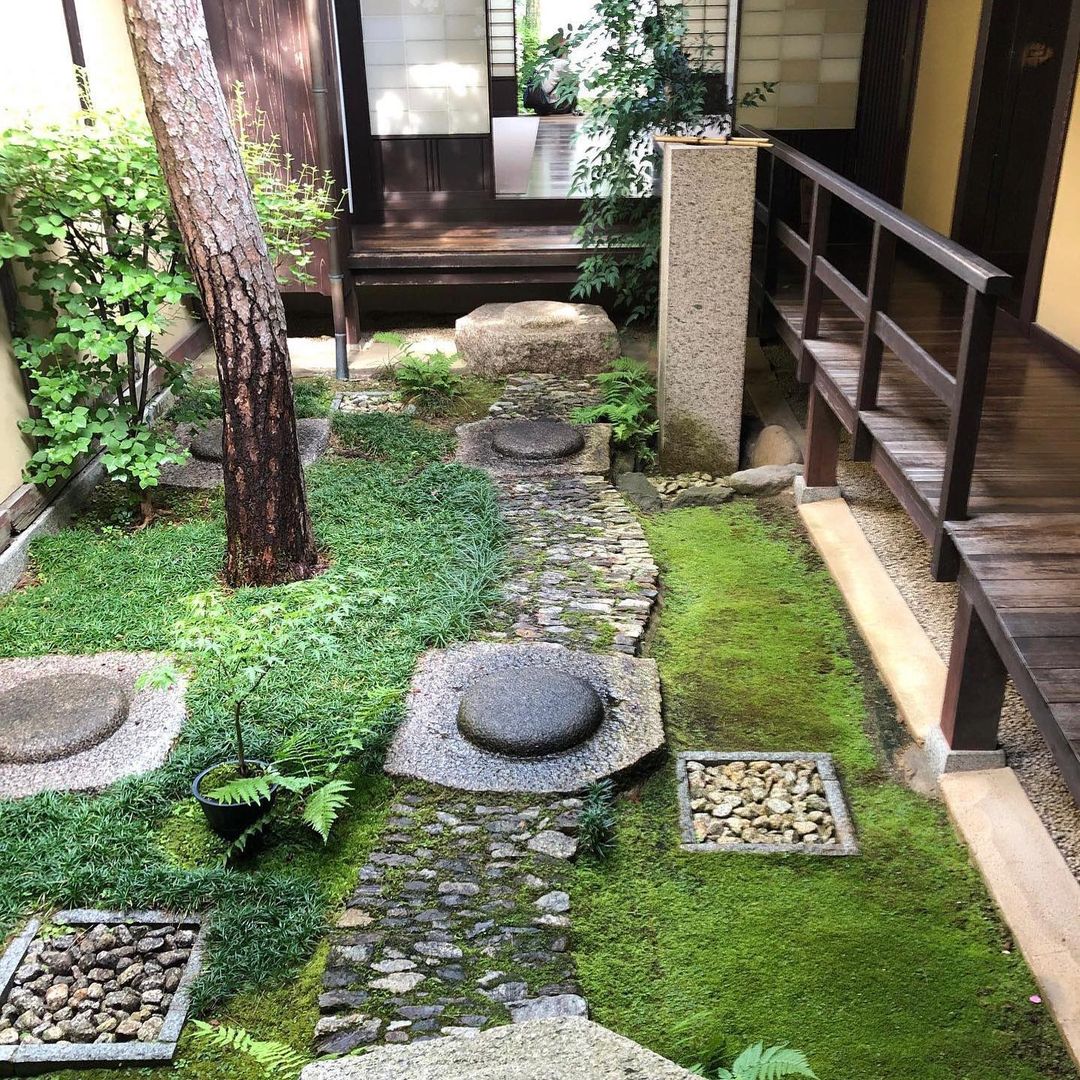
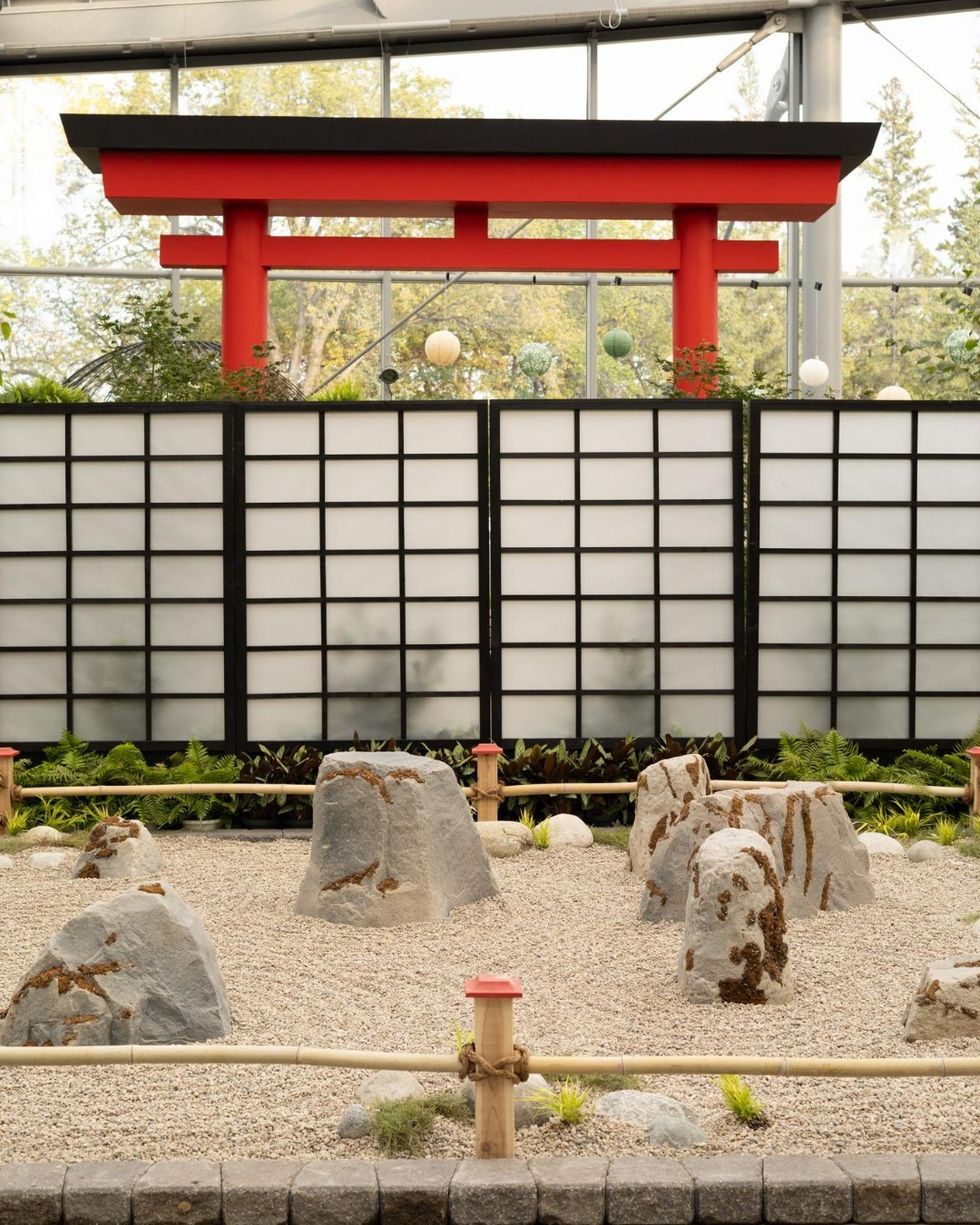
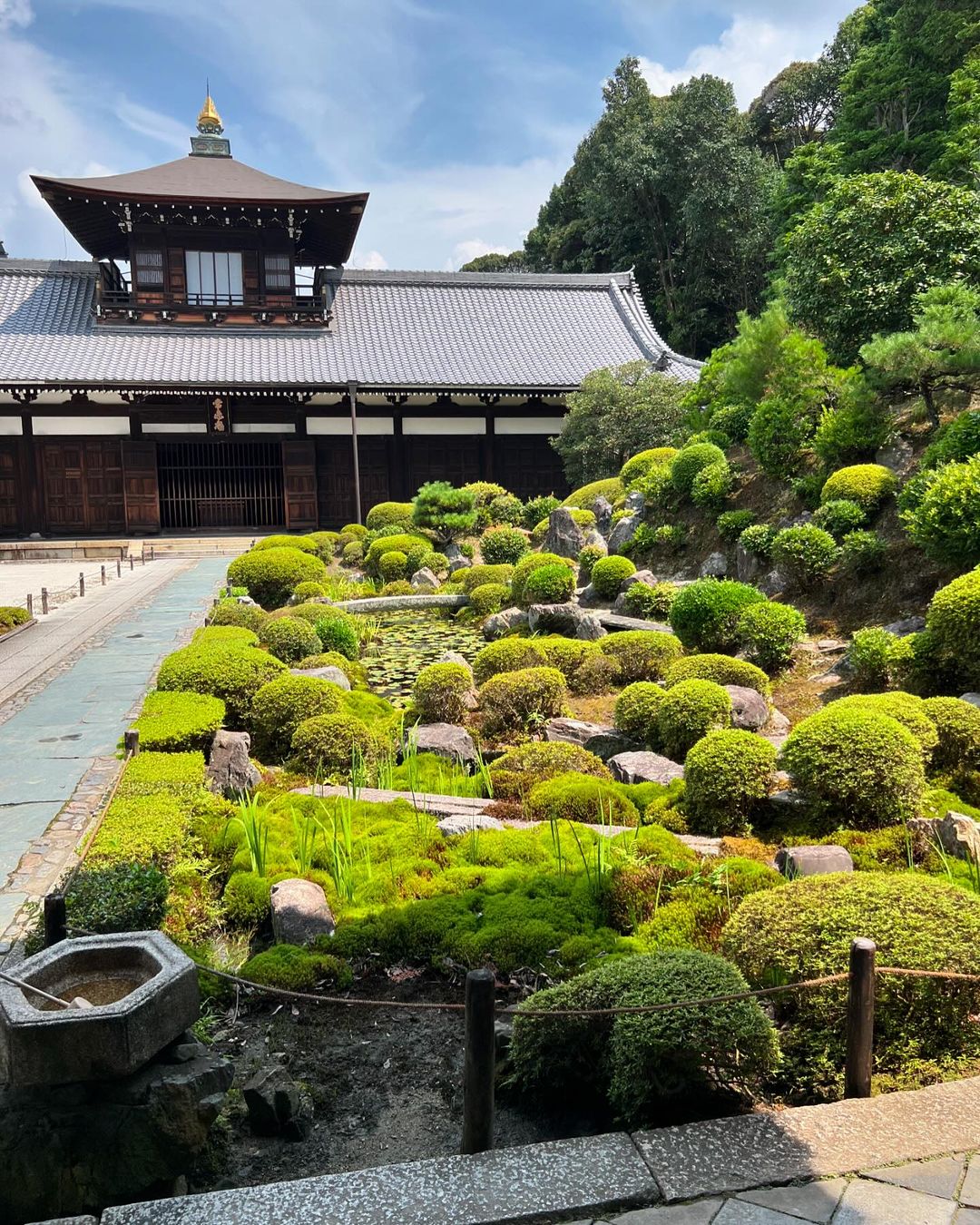
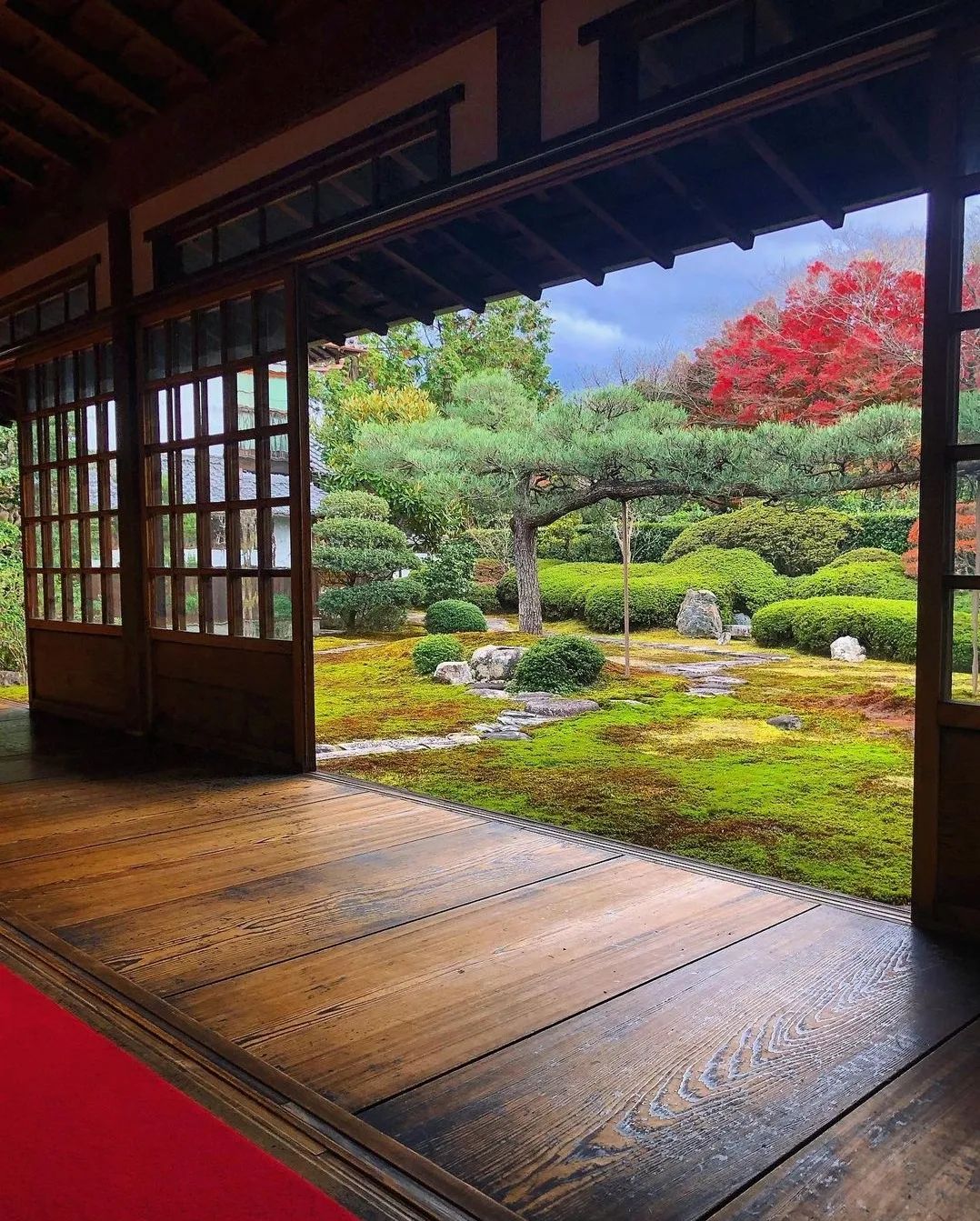
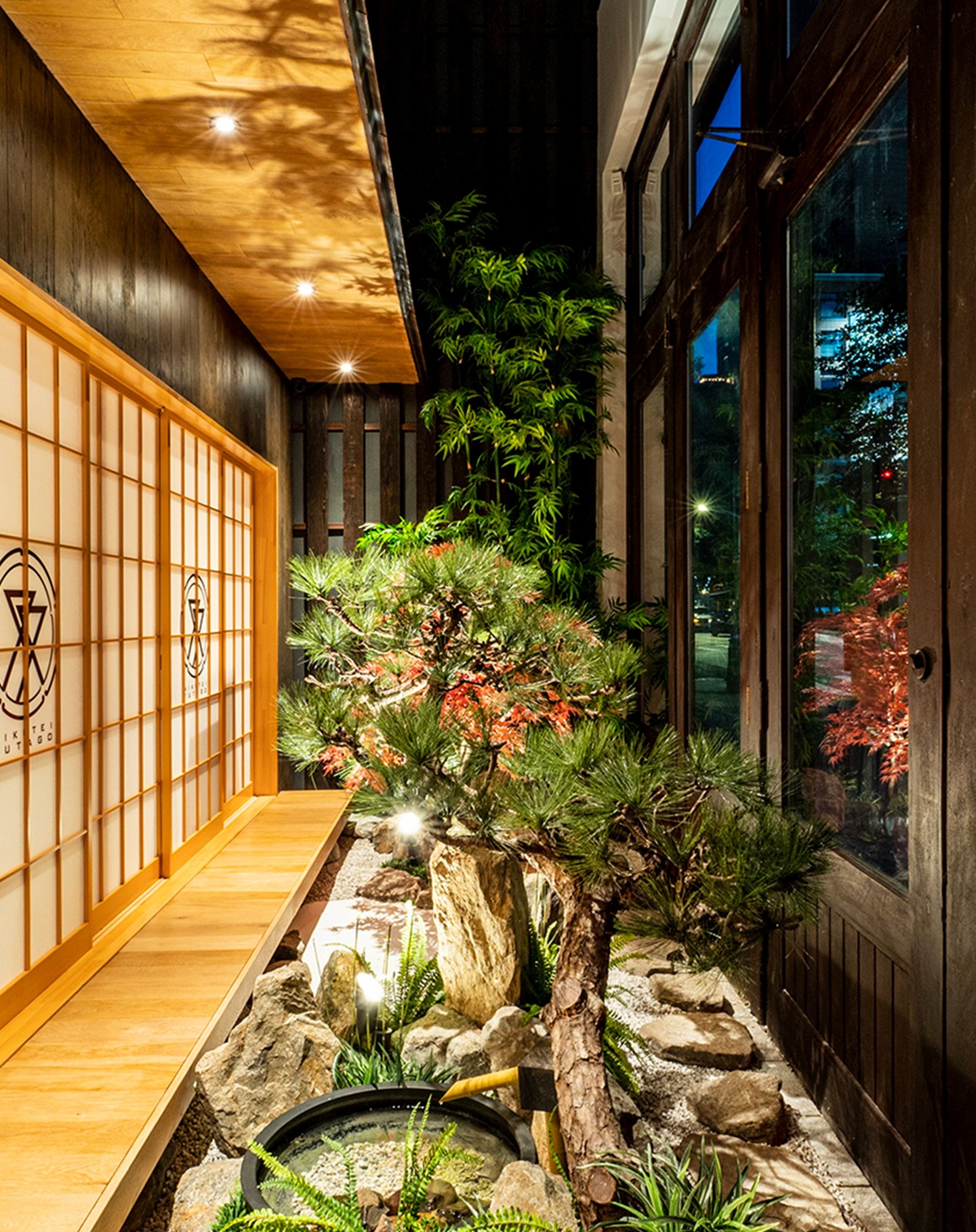
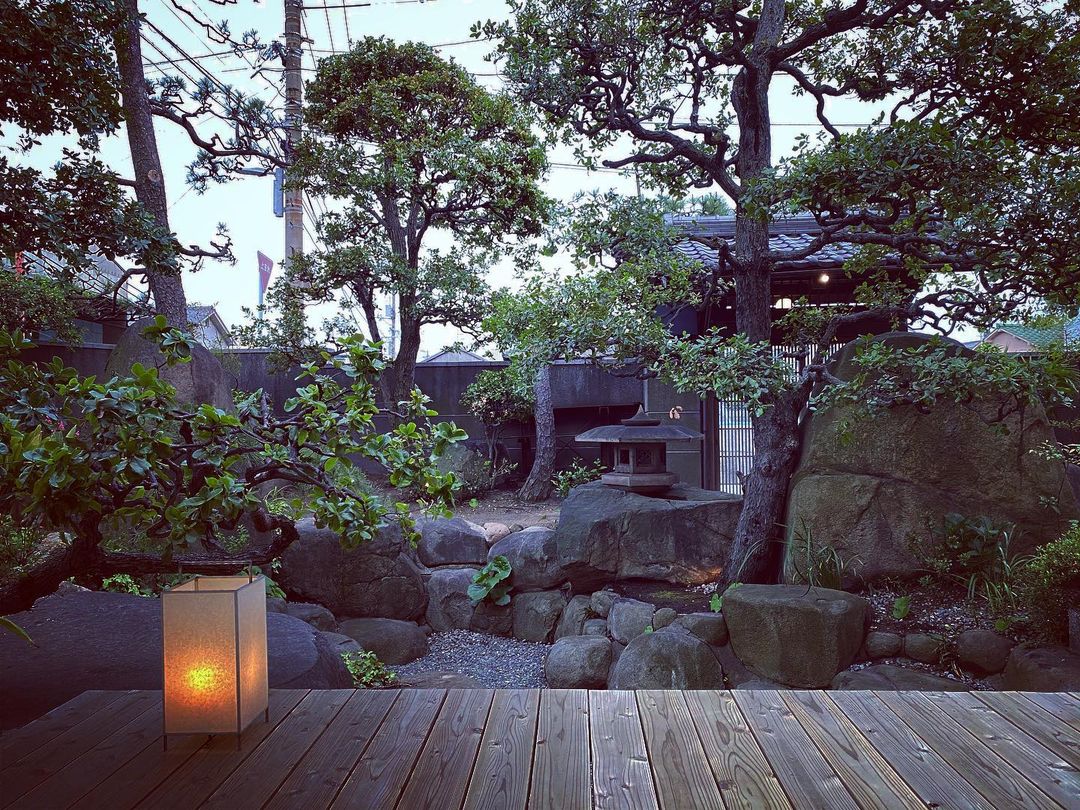
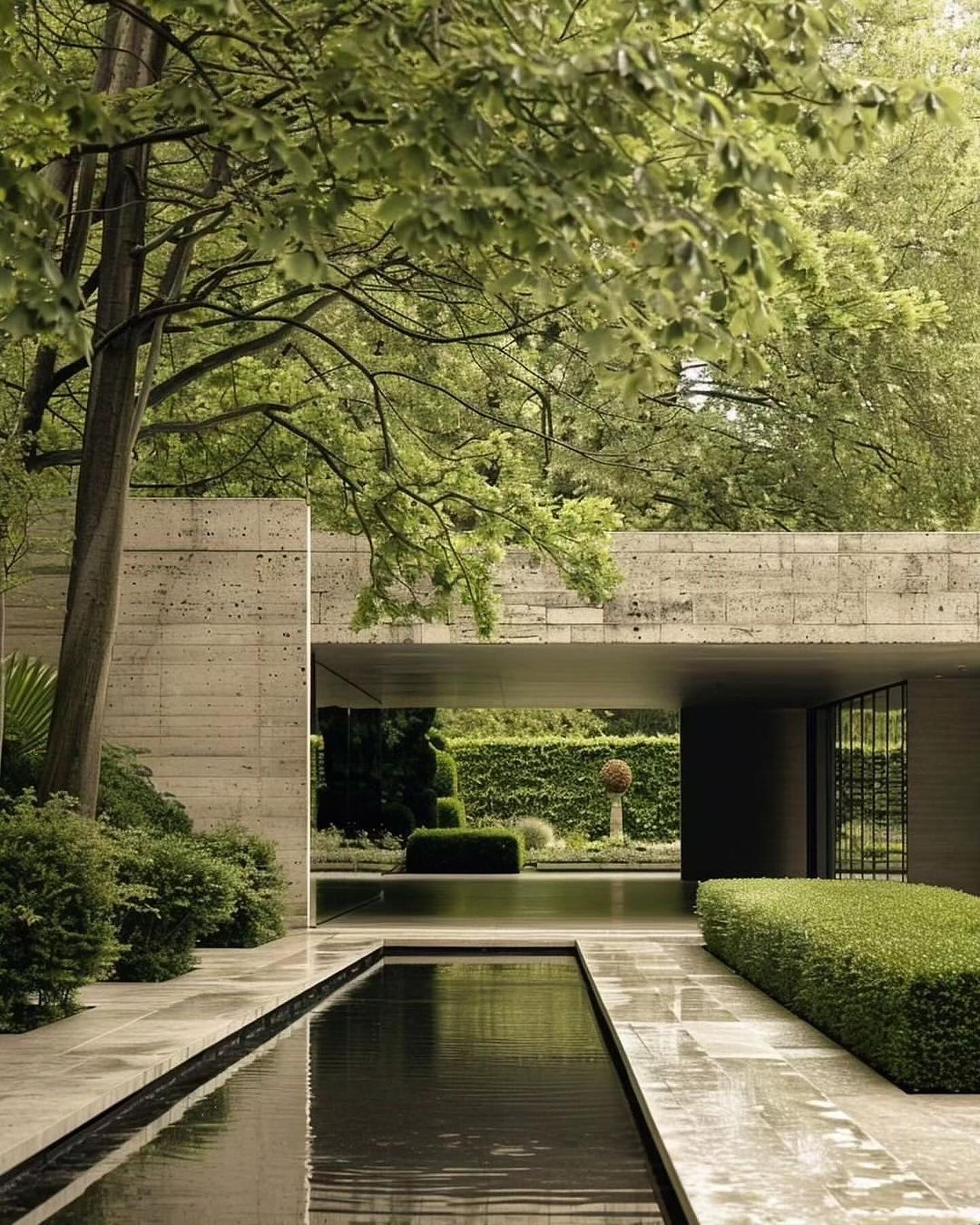
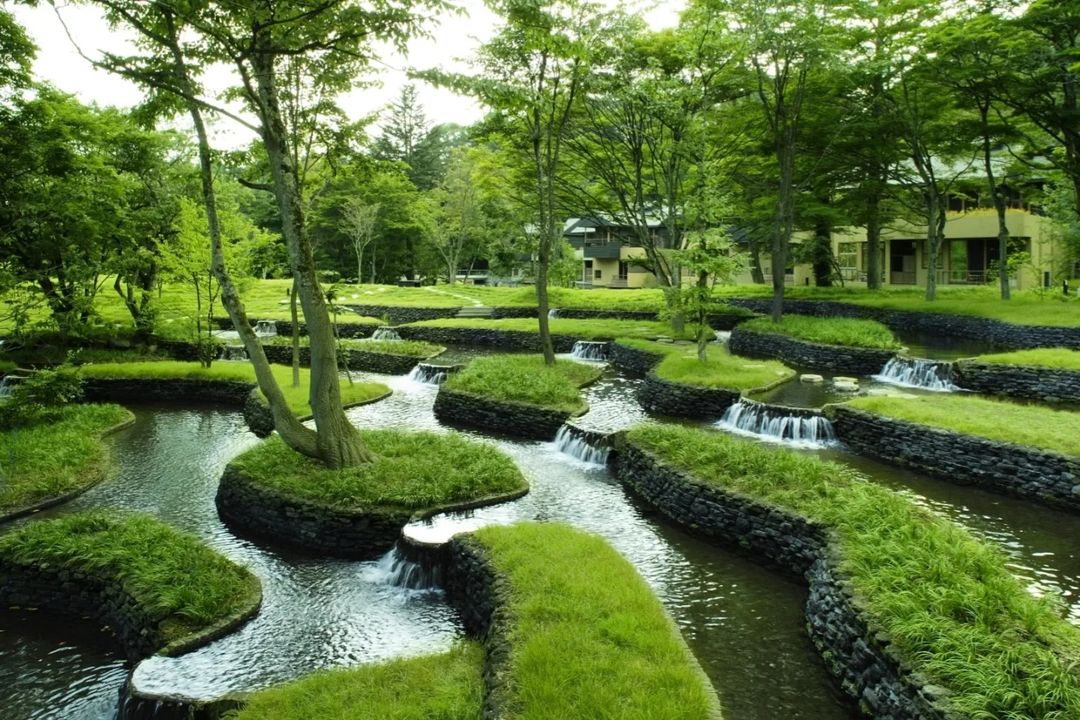
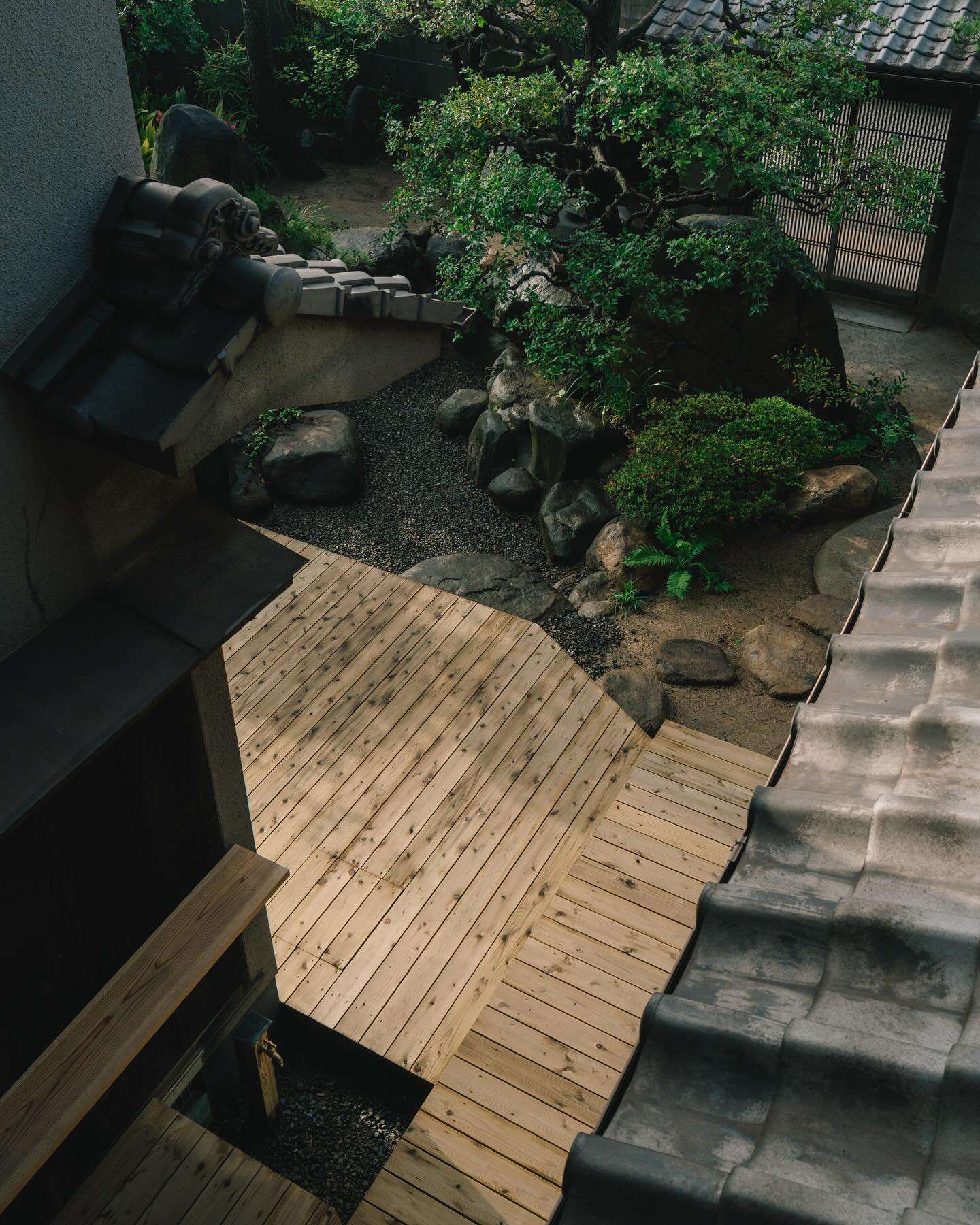
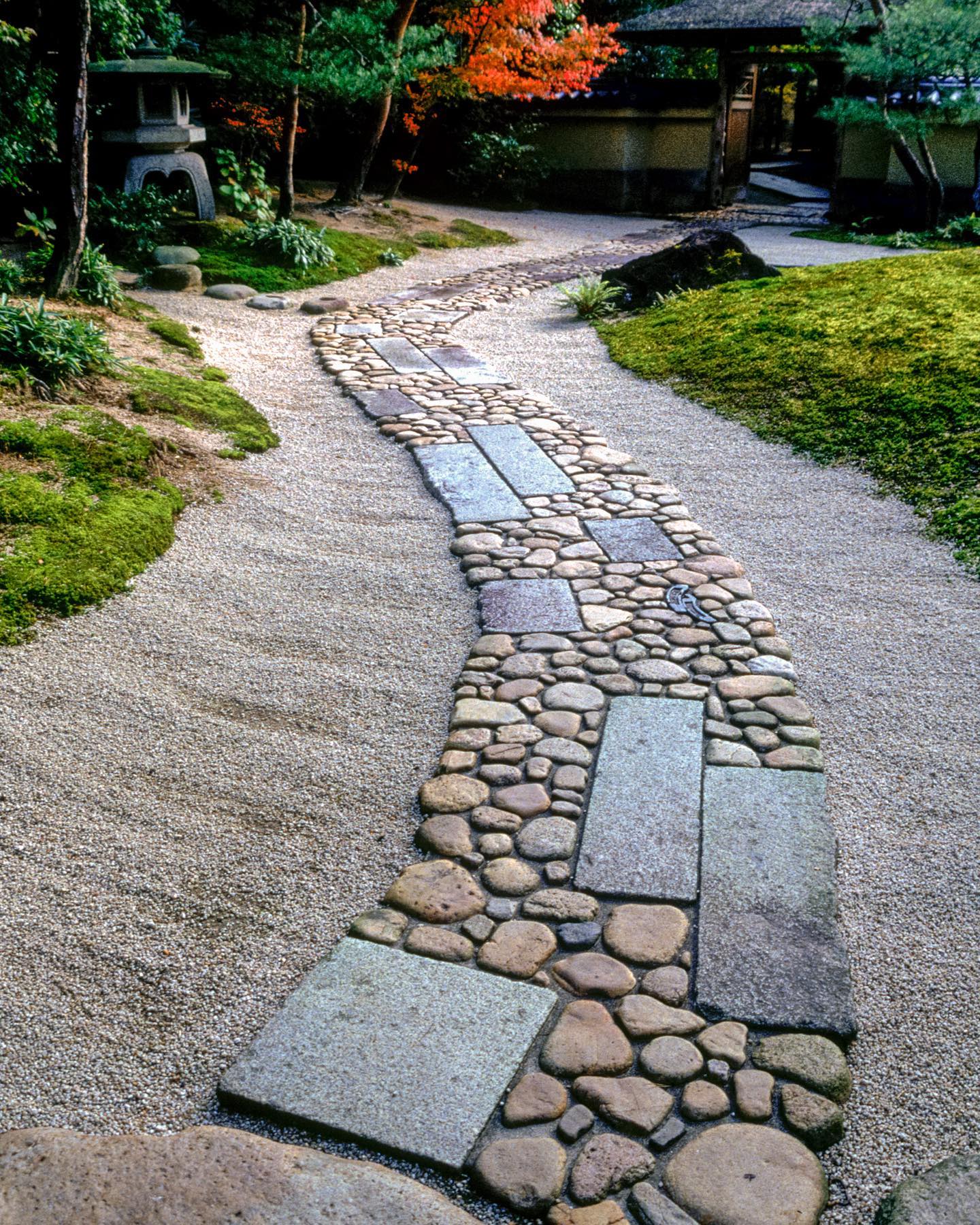
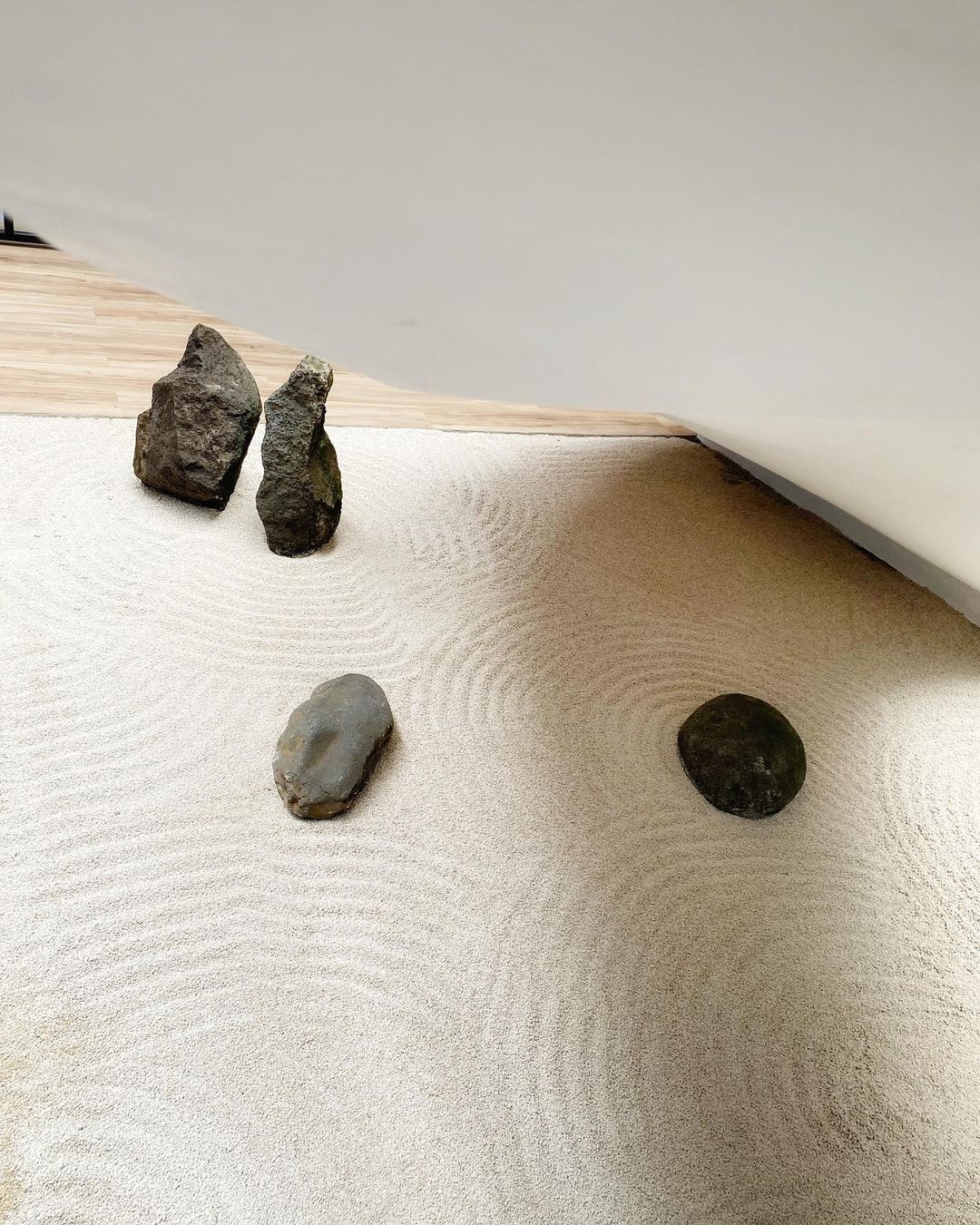

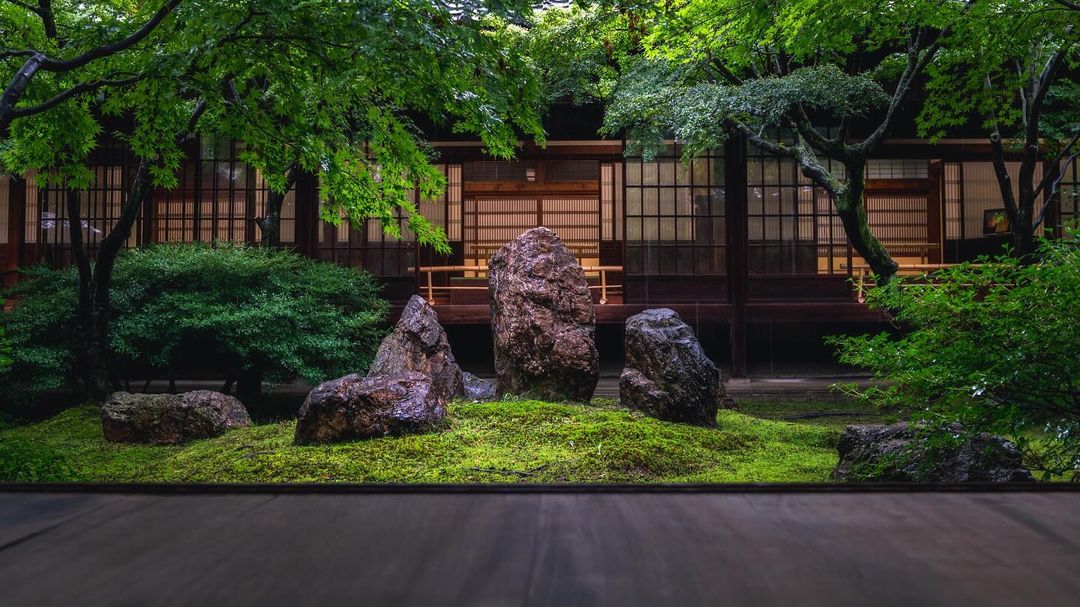
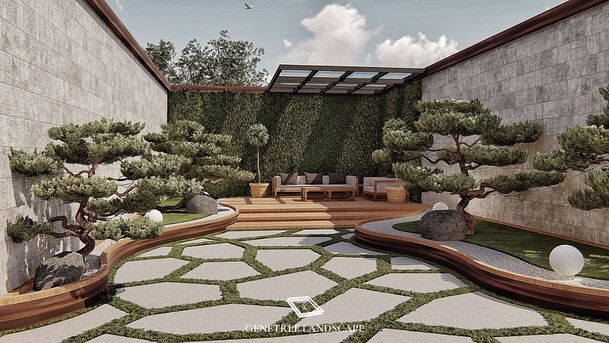
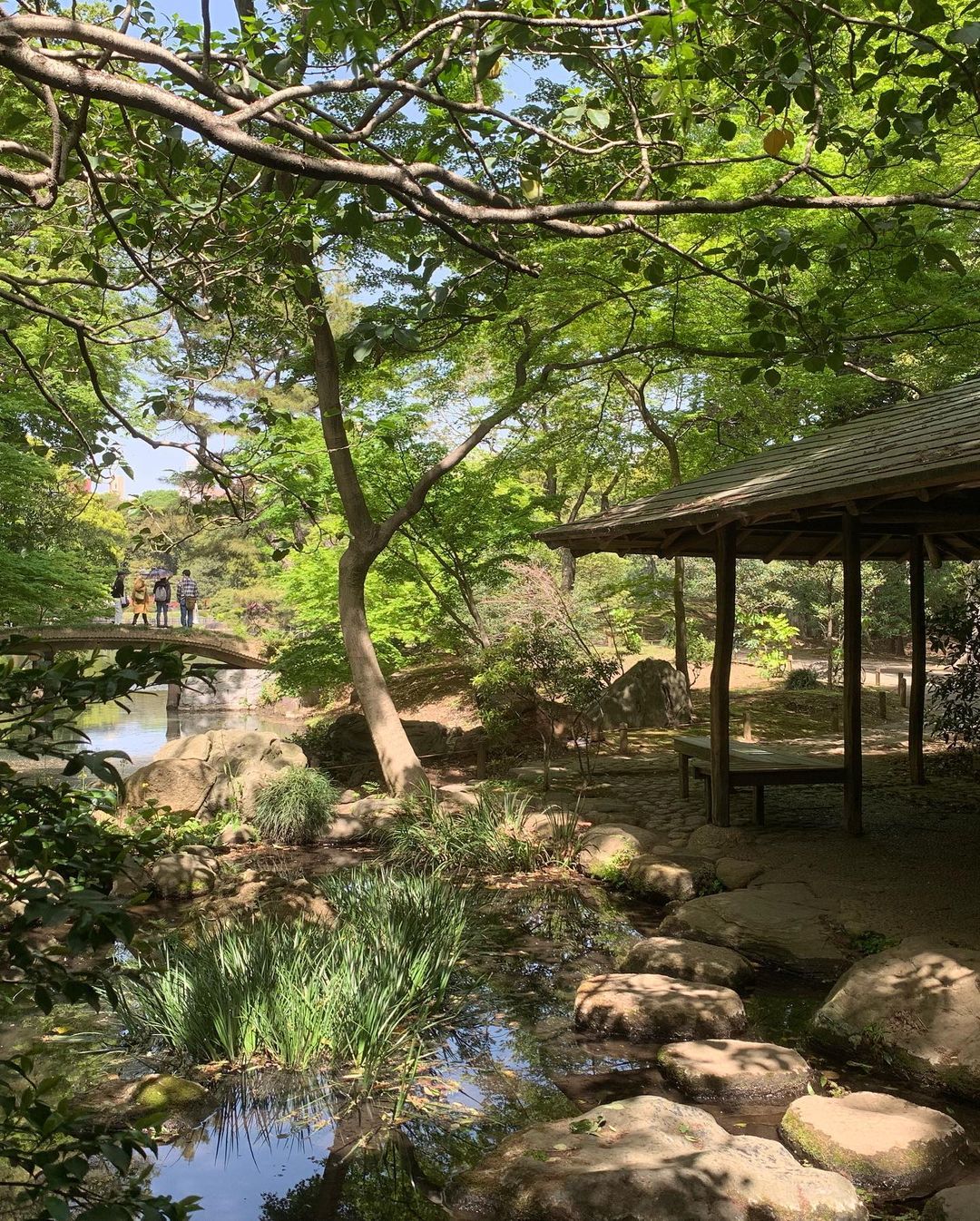
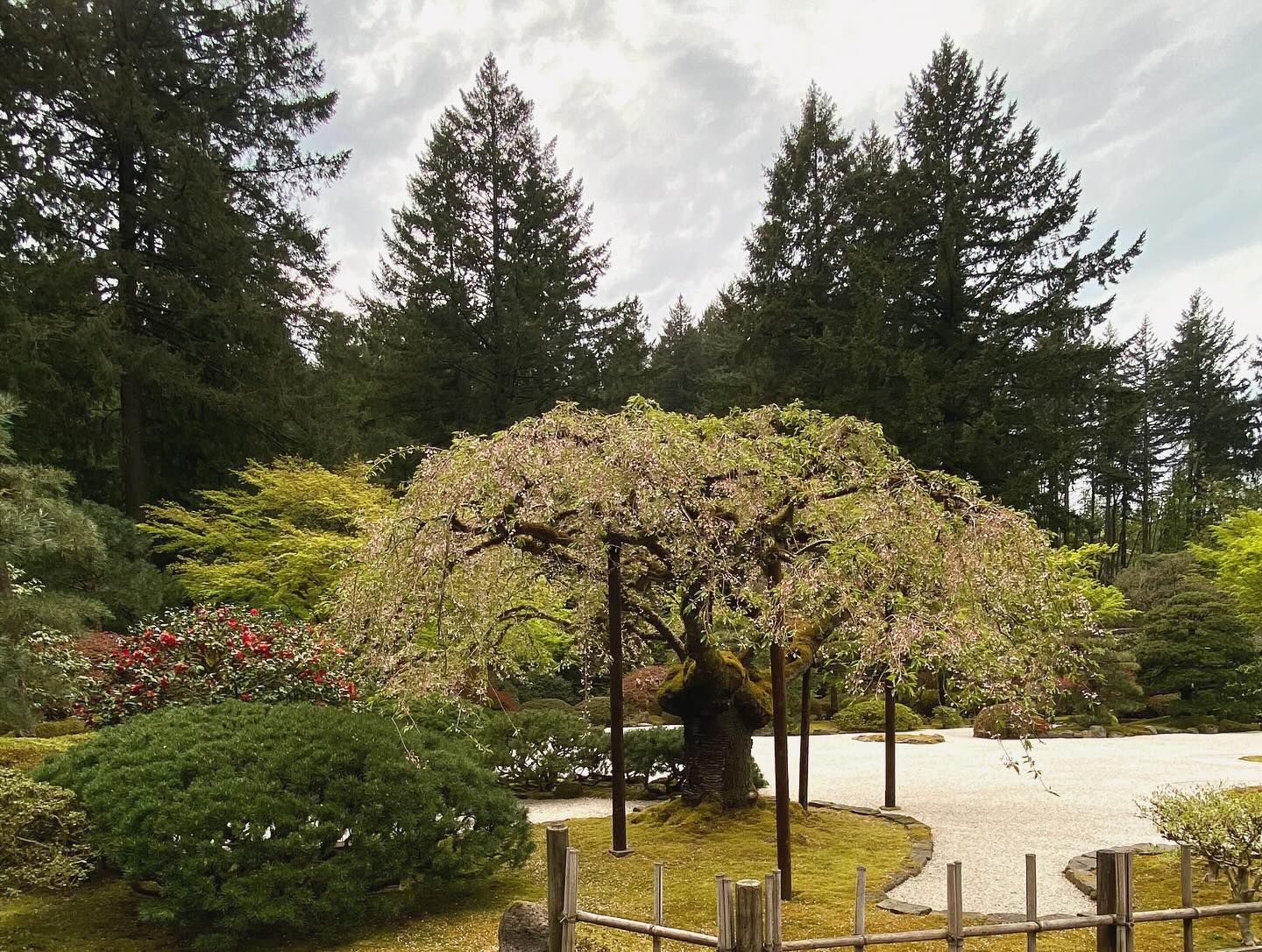

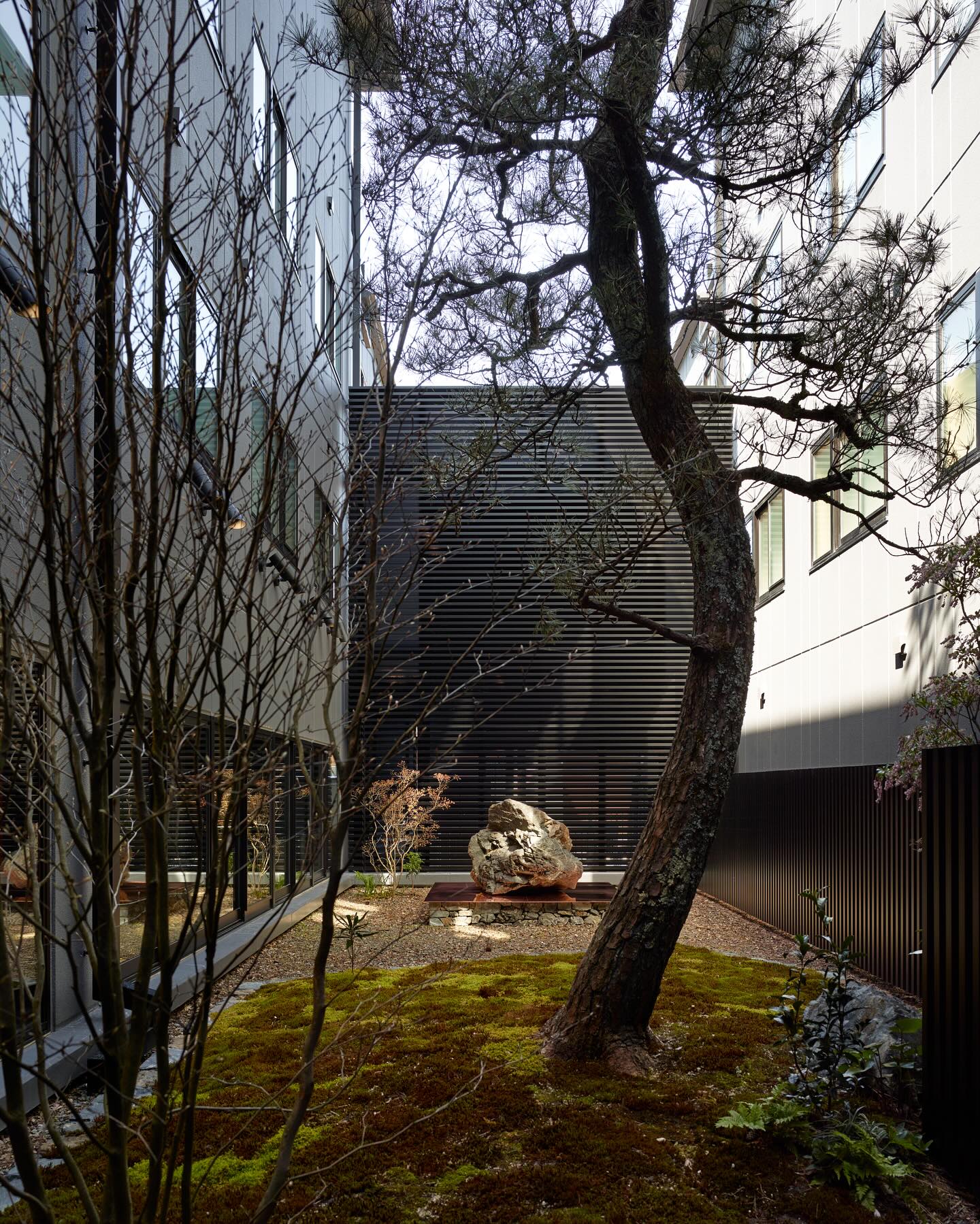

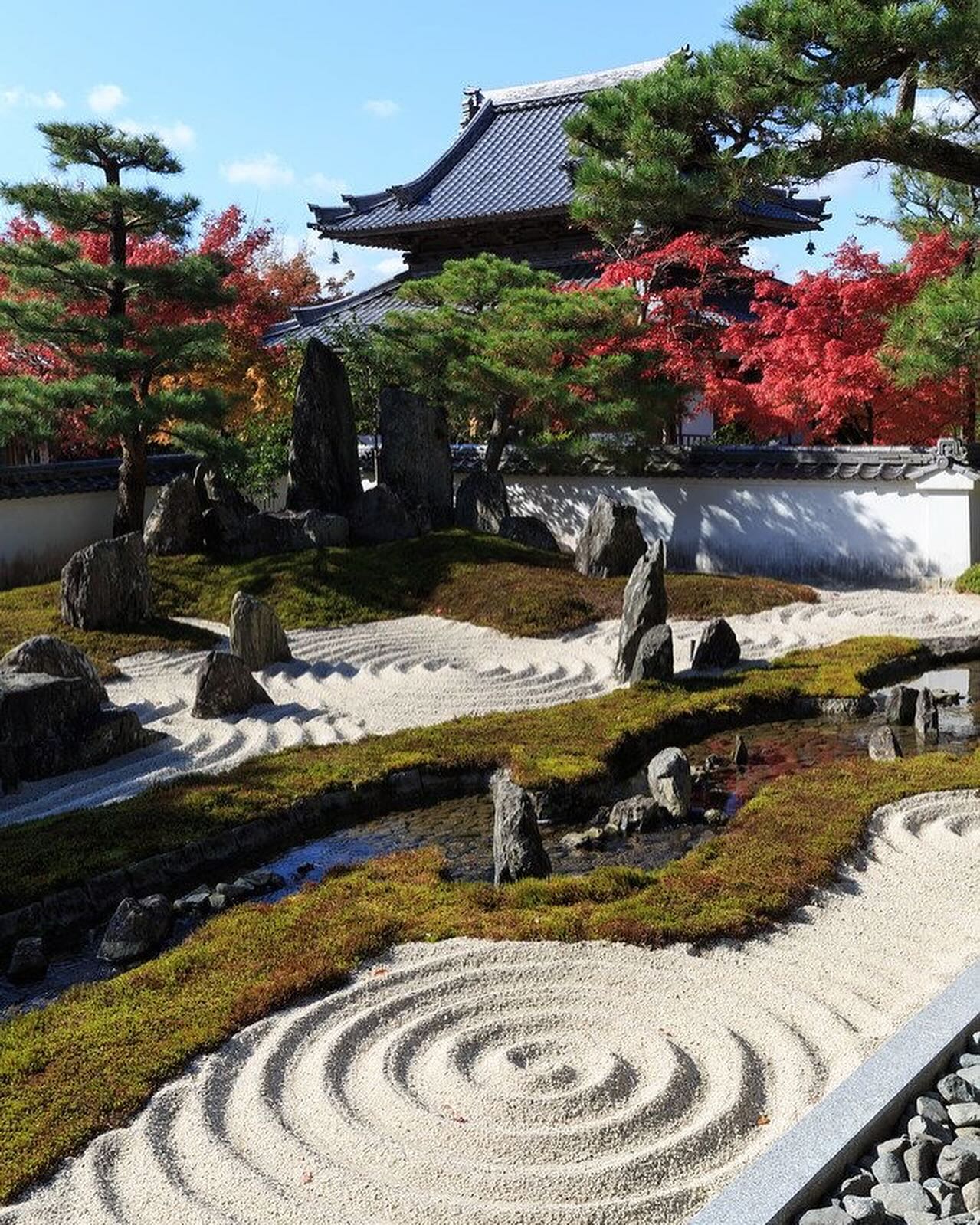

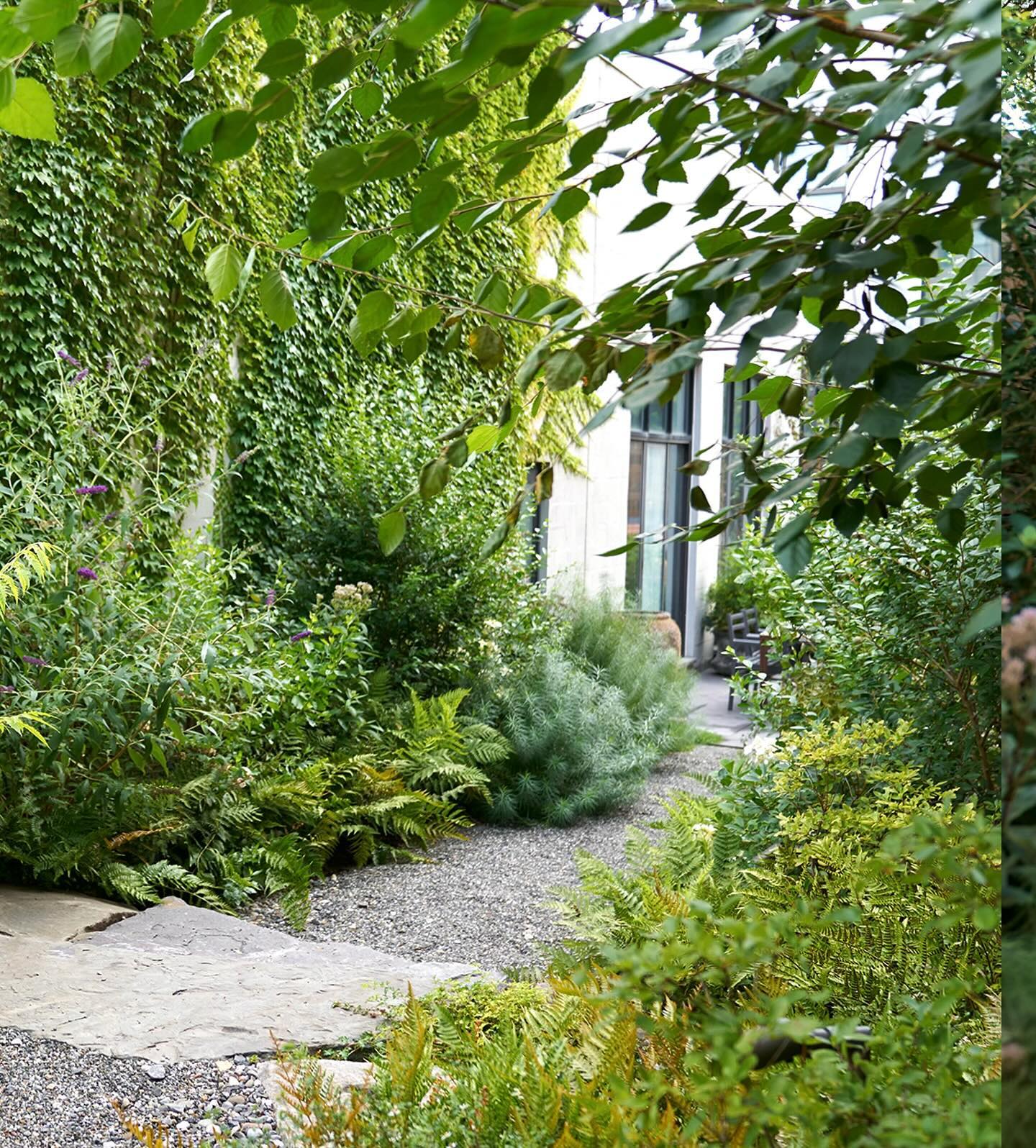
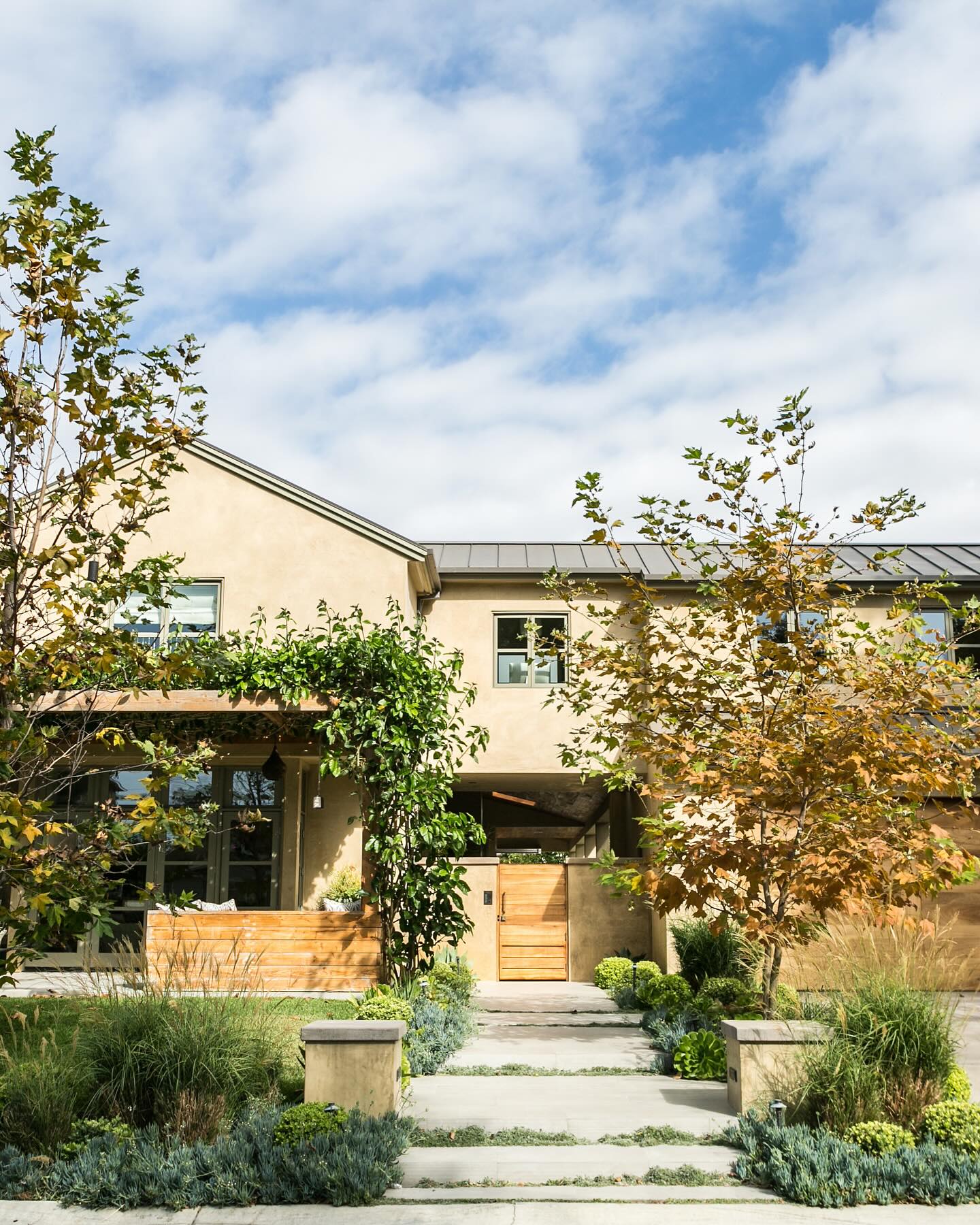
Comments